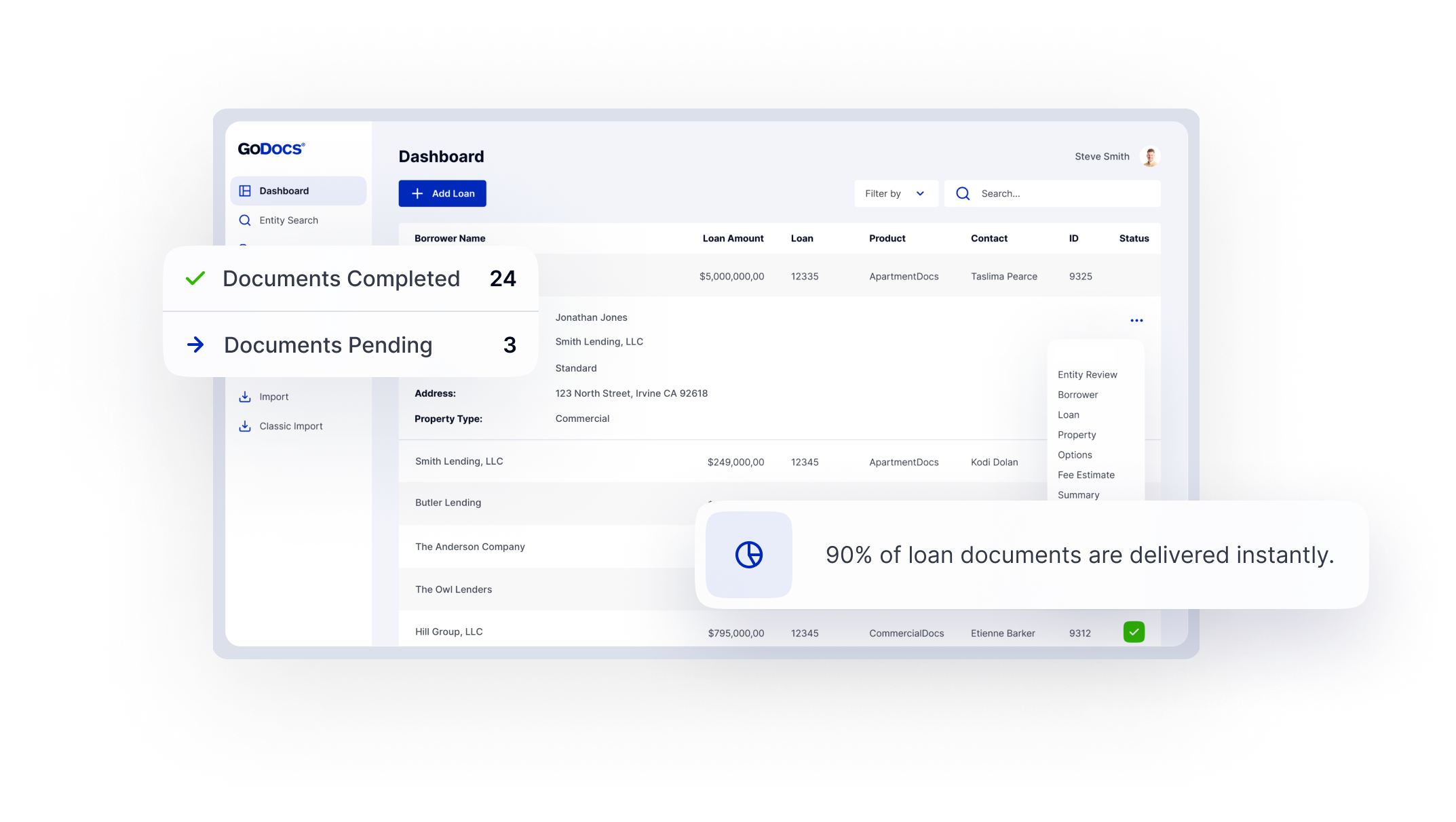The Cost of Financial Institutions Putting Off Updating Their Technology
by Adam Craig
According to Harvard Business Review, playing it safe is now considered the riskiest strategic choice there is. In the current era of digital disruption, the pace of change has dramatically accelerated, leaving traditional risk management strategies lacking. Organizations that move cautiously, or worse, don’t move at all, have dramatically increased their risk of irrelevance or set themselves on a path to extinction.
This is particularly true for financial institutions that fail to modernize their technology, where the concept of “playing it safe” has traditionally meant avoiding taking unnecessary risks, such as changing to a new technology – regardless of how much better it may be. When it comes to back-office technology modernization projects, playing it safe generally means that upgrades get put on the back burner, written off as too costly, too risky, or less of a priority than upgrades that touch customers directly.
However, in today’s rapidly evolving landscape, clinging to outdated systems may be the riskiest move of all. Outdated technology can slow down processes and increase operational costs, and keeping up with regulatory changes can become challenging with old technology.
The Cost of Inaction
While it may seem like an easy decision to delay technology upgrades, doing so can have significant consequences:
Financial Losses
Direct and indirect costs from technology failures can be substantial. Additionally, operational inefficiencies resulting from outdated systems can lead to higher ongoing costs, reducing overall profitability.
In the case of commercial loan document generation, many financial institutions have grown used to antiquated technology that has not kept pace with modern cloud-based technologies in use across other parts of the institution. Legacy loan document solutions are expensive to operate and maintain, are not upgraded frequently enough, and pose significant technology risk. Additionally, the limitations of the systems used to generate loan documents often mean that financial institutions must put workarounds in place to overcome them. Higher costs, inefficient staff resulting from process and technology workarounds, and lower morale are all impacts from sticking with the status quo.
Competitive Disadvantage
Falling behind more technologically advanced competitors can erode market share. Financial institutions that fail to innovate may find themselves unable to compete with more agile and technologically adept rivals and fintech organizations.
Falling behind the competition because of outdated systems and processes can result in loans that are more costly to produce and slower to deliver to a borrower. With either result, financial institutions should expect that borrowers will take their business elsewhere.
Operational Risks
Outdated systems are more prone to failures and inefficiencies, leading to increased operational risks. In relation to commercial lending, these risks can manifest in various ways, including mistakes in legal documents, delays in completing loans, and difficulties in scaling operations to meet demand.
Regulatory Penalties
Being out of compliance with evolving regulatory standards can result in risk, future losses, and legal repercussions. Financial institutions must ensure their systems constantly adapt to new and updated regulations. Too many financial institutions rely on legacy technology and outdated processes to keep pace with changes that may impact the loan documents they are using. Most lenders have an annual review of documents, but that is insufficient given the frequency of changes. This is NOT safe, and avoiding upgrading the technology in place is indeed risky. Financial institutions should demand the deployment of cloud-based platforms that incorporate real-time compliance updates.
Missed Opportunities
Not leveraging new technologies can result in missed opportunities for growth and innovation. Lenders operating across multiple jurisdictions must navigate a patchwork of laws and regulatory requirements. Staying compliant in one jurisdiction does not guarantee compliance in another, which can slow down being able to capitalize on shifts in market conditions, new product opportunities, and new technologies that can enable growth.
For financial institutions, the cost of inaction is clear, financial losses, operational inefficiencies, regulatory risk, competitive disadvantages, and missed opportunities for growth. Modernizing back-office technologies, specifically in areas like loan documentation, is more than just an upgrade – it is a strategic imperative.
Learn more in the companion article, where I discuss how updating these technologies can drive competitive advantages and deliver meaningful customer value. Acting now positions your institution as a leader in the evolving financial industry.
CEO
Experience the Future of Commercial Loan Document Automation
Discover GoDocs, the leading SaaS solution powered by the sharpest legal minds in CRE! Schedule a demo today to elevate your lending process and to gain your competitive advantage.







